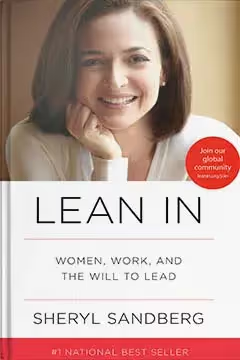Portfolios of the Poor
Nearly 40% of the world's population subsists on less than two dollars each day. It's difficult to comprehend surviving on such a modest salary if you've never had to. How would you feed your family, buy a house, and educate your children? What would you do in the event of an emergency or as you become older? Over a billion individuals throughout the world must answer these questions every day. The first book to methodically illustrate how the poor find answers to their everyday financial concerns is Portfolios of the Poor.
The authors conducted year-long interviews with impoverished villages and slum dwellers in Bangladesh, India, and South Africa, compiling data that show how specific households manage their finances cent by penny. These families' stories are frequently surprising and inspiring. Most impoverished families do not live hand to mouth, squandering their earnings in a desperate attempt to stay afloat. Rather, they rely on financial instruments, many of which are related to informal networks and familial relationships. They put money into saves for emergencies, wring money from creditors whenever feasible, manage complex savings clubs, and take use of microfinance wherever possible. Their experiences point to new ways to combat poverty and new ways to imagine the next generation of banks for the "bottom billion."
Portfolios of the Poor will appeal to everyone interested in learning more about poverty and what can be done about it. It is essential reading for people interested in development studies, economics, and microfinance.
At any one time, the average poor household has a fistful of financial relationships on the go.






















































